Home>Furniture & Design>Interior Design Trends>How To Make Glass Beads
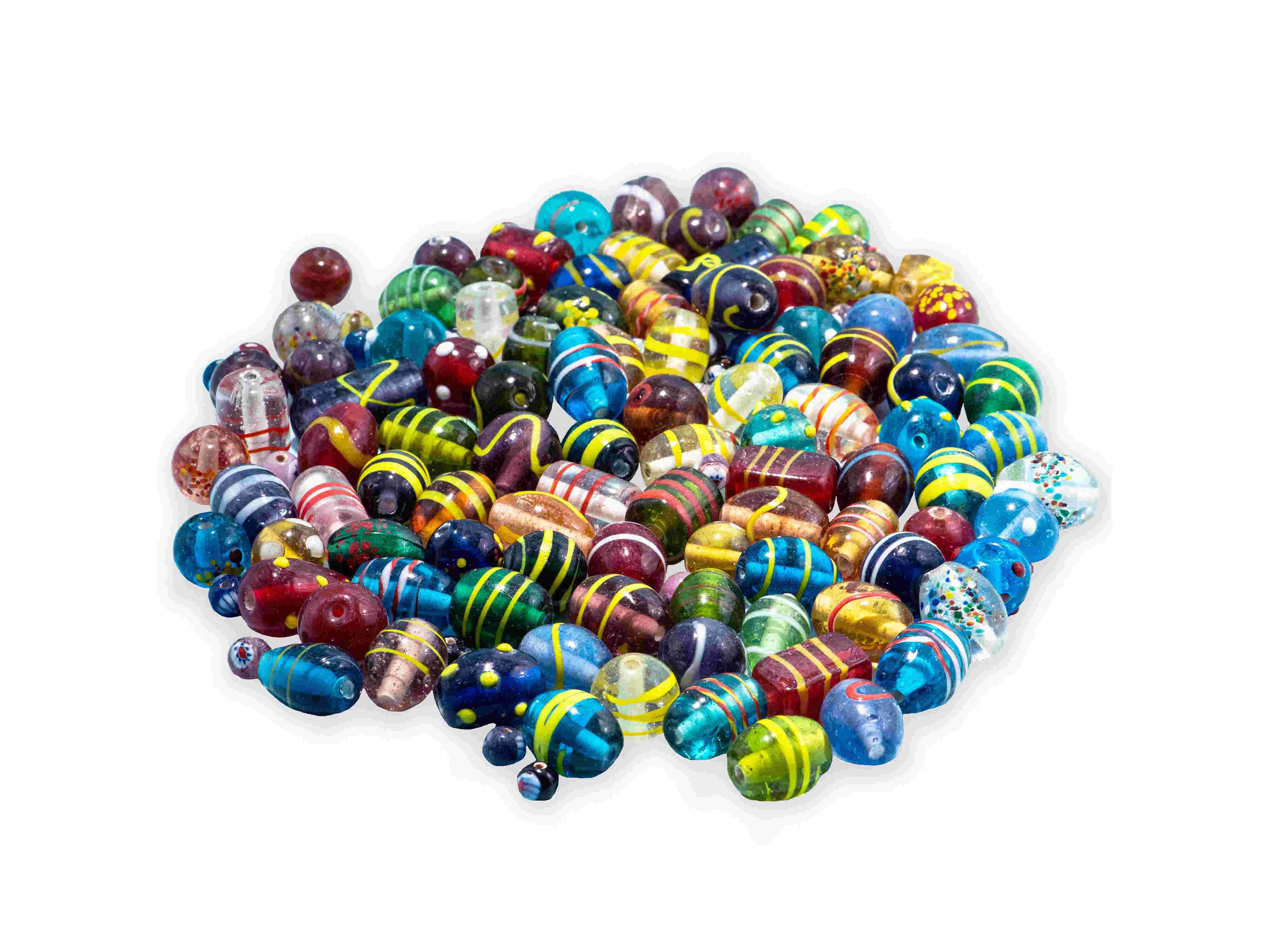

Interior Design Trends
How To Make Glass Beads
Modified: September 1, 2024
Discover the latest interior design trends with our guide on how to make glass beads. Elevate your space with unique, handcrafted decor. Explore now!
(Many of the links in this article redirect to a specific reviewed product. Your purchase of these products through affiliate links helps to generate commission for Storables.com, at no extra cost. Learn more)
Introduction
Glass beads have been used for centuries as decorative elements in jewelry, clothing, and various craft projects. The art of making glass beads, also known as lampworking, is a fascinating and intricate process that allows artisans to create unique and stunning pieces. Whether you are a seasoned jewelry maker or a novice crafter, learning how to make glass beads can open up a world of creative possibilities.
The process of making glass beads involves heating glass rods in a torch flame until they become molten and malleable. The molten glass is then shaped and decorated using various techniques to achieve the desired size, color, and design. While the art of glass bead making requires skill and precision, it also offers a sense of artistic freedom and expression.
In this comprehensive guide, we will explore the step-by-step process of creating glass beads, from preparing the glass and shaping the beads to decorating and annealing them. By understanding the techniques and tools involved in this craft, you can embark on a rewarding journey of creating your own beautiful glass beads.
Whether you are drawn to the vibrant colors and textures of glass or the meditative nature of working with molten materials, making glass beads is a captivating and fulfilling endeavor. So, let's dive into the world of glass bead making and unlock the potential to craft stunning, one-of-a-kind pieces that reflect your creativity and passion.
Key Takeaways:
- Making glass beads involves heating glass rods, shaping them, and adding decorative elements. It’s a captivating journey that celebrates artistry and craftsmanship, resulting in stunning wearable and decorative art.
- Glass bead making is a timeless art form that bridges tradition and innovation. Artisans infuse their beads with unique personality and style, creating captivating creations that inspire awe and admiration.
Read more: How To Make Beaded Wine Glasses
Materials and Tools Needed
To embark on the captivating journey of making glass beads, you will need a range of specialized materials and tools to ensure a safe and efficient working environment. Here's a comprehensive list of the essential items required to begin your glass bead making adventure:
Materials:
-
Glass Rods: The primary material for creating glass beads, glass rods come in an array of colors and compositions, allowing you to craft beads with diverse hues and visual effects. It's advisable to start with a selection of soft glass rods, such as soda-lime glass, which is well-suited for beginners due to its ease of manipulation.
-
Bead Release: This specialized coating is applied to the mandrel (a stainless steel rod used to shape the bead) to prevent the molten glass from sticking during the bead-making process. Bead release comes in liquid or paste form and is essential for ensuring the smooth removal of the finished beads from the mandrel.
-
Silver Foil or Wire (Optional): For adding a touch of shimmer and depth to your glass beads, silver foil or wire can be incorporated into the design. When heated, the silver reacts with the glass, creating captivating metallic effects within the beads.
-
Decorative Elements (Optional): If you wish to embellish your beads with intricate patterns or textures, consider incorporating decorative elements such as frit (crushed glass), murrini (patterned glass rods), or enamel powders to enhance the visual appeal of your creations.
Tools:
-
Mandrels: These stainless steel rods serve as the foundation for shaping the glass beads. Select mandrels of varying diameters to create beads of different sizes.
-
MAPP Gas Torch or Propane Torch: A reliable heat source is crucial for melting and manipulating the glass rods. MAPP gas torches or propane torches are commonly used for lampworking due to their ability to generate a consistent and intense flame.
-
Mandrel Release Pliers: These specialized pliers are designed to grip the mandrel and apply bead release evenly, ensuring a smooth and uniform coating.
-
Graphite Paddle or Marver: Used for shaping and flattening the molten glass, a graphite paddle or marver provides a smooth surface for manipulating the glass without sticking.
-
Kiln: An essential component of the glass bead making process, a kiln is used for annealing the finished beads, which involves gradually cooling them to relieve internal stresses and enhance their durability.
-
Safety Gear: As safety is paramount when working with hot glass and open flames, it's crucial to have protective gear such as safety glasses, heat-resistant gloves, and a well-ventilated workspace to ensure a safe and comfortable working environment.
By assembling these materials and tools, you will be well-equipped to embark on your glass bead making journey, ready to explore the artistry and craftsmanship of creating exquisite glass beads.
Preparing the Glass
Before delving into the intricate process of shaping and decorating glass beads, it is essential to prepare the glass rods for melting and manipulation. This initial step sets the foundation for creating beads with vibrant colors and captivating visual effects. Here's a detailed overview of the process of preparing the glass for bead making:
Read more: How To Make Glass Bead Bracelets
Selecting the Glass Rods
The first consideration in preparing the glass involves selecting the appropriate glass rods for your bead-making endeavor. Glass rods come in an array of colors and compositions, each offering unique characteristics that influence the final appearance of the beads. For beginners, soft glass rods, such as soda-lime glass, are recommended due to their ease of manipulation and forgiving nature during the melting process. These rods are available in an extensive palette of colors, allowing you to unleash your creativity and experiment with diverse hues and shades.
Preheating the Glass
Once the desired glass rods have been chosen, the preheating process begins. This involves gradually introducing the glass rods to the heat source, allowing them to acclimate to the temperature and prevent thermal shock when exposed to the intense flame during the melting process. By gently rotating the glass rods in the outer edges of the flame, they slowly absorb the heat, minimizing the risk of cracking or shattering when subjected to the intense heat required for melting.
Creating a Molten Gather
As the glass rods reach the optimal temperature, they begin to soften and transform into a molten state, ready for shaping and manipulation. Using the heat source, the artisan carefully gathers the molten glass onto the end of a mandrel, ensuring a smooth and uniform distribution of the glass material. This molten gather serves as the foundation for crafting the bead, providing a malleable medium for shaping and decorating.
Ensuring Consistent Heat
Throughout the glass preparation process, maintaining a consistent and controlled heat source is crucial. This ensures that the glass remains in a workable state, allowing for precise manipulation and shaping. By carefully monitoring the temperature and adjusting the flame intensity as needed, the artisan can achieve the ideal conditions for creating glass beads with intricate details and stunning visual appeal.
By meticulously preparing the glass rods and establishing the optimal conditions for melting and shaping, artisans lay the groundwork for crafting exquisite glass beads that showcase a harmonious blend of color, texture, and artistry. This meticulous preparation sets the stage for the next phase of the bead-making journey, where the molten glass is transformed into unique and captivating creations through skilled craftsmanship and creative expression.
Read more: What Is Glass Beading
Shaping the Beads
Shaping the molten glass into exquisite beads is a pivotal stage in the art of glass bead making, requiring precision, dexterity, and a keen eye for detail. This transformative process allows artisans to imbue the molten glass with distinct forms, sizes, and textures, giving rise to an array of captivating bead designs. Here's a comprehensive exploration of the intricate art of shaping glass beads:
Creating the Basic Bead Form
As the molten glass reaches a malleable state, the artisan skillfully begins the process of shaping the beads. Using a combination of controlled heat and strategic manipulation, the molten gather is coaxed into a spherical form, laying the foundation for the bead's structure. The artisan deftly rotates the mandrel, allowing the molten glass to assume a smooth and symmetrical shape, ensuring a uniform foundation for the bead's design.
Incorporating Textures and Patterns
Beyond the fundamental spherical shape, artisans have the opportunity to infuse the beads with captivating textures and patterns. By employing specialized tools and techniques, such as pressing the molten glass against textured surfaces or meticulously layering colored glass, artisans can introduce intricate textures and mesmerizing patterns into the beads. This creative process adds depth and visual interest to the beads, elevating them from simple spheres to captivating works of art.
Crafting Unique Bead Designs
The art of shaping glass beads extends beyond traditional spherical forms, offering artisans the freedom to explore diverse shapes and styles. From elongated ovals to intricate floral motifs, the possibilities for unique bead designs are boundless. By skillfully manipulating the molten glass and experimenting with different shaping techniques, artisans can craft beads that reflect their artistic vision, resulting in a stunning array of one-of-a-kind designs.
Read more: What Are Glass Beads
Ensuring Symmetry and Proportion
Achieving symmetry and proportion is a hallmark of masterful bead shaping. Artisans meticulously refine the shape and size of the beads, ensuring uniformity and balance across the entire collection. This attention to detail elevates the aesthetic appeal of the beads, creating a cohesive and harmonious ensemble that showcases the artisan's dedication to precision and craftsmanship.
Embracing Creative Expression
While adhering to fundamental shaping techniques, glass bead artisans also embrace the spirit of creative expression. Each movement of the mandrel and manipulation of the molten glass is an opportunity for artistic interpretation, allowing artisans to infuse their beads with a unique personality and style. This fusion of technical skill and creative intuition results in beads that resonate with individuality and artistic flair.
In the art of shaping glass beads, artisans embark on a transformative journey, harnessing the fluidity of molten glass to create captivating and distinctive bead designs. Through skillful manipulation, creative exploration, and a dedication to precision, artisans breathe life into the molten medium, shaping it into a diverse array of stunning beads that embody the artistry and vision of the creators.
Decorating the Beads
Decorating glass beads is a captivating and transformative process that allows artisans to infuse their creations with intricate patterns, vibrant colors, and captivating visual effects. This stage of the bead-making journey presents a myriad of opportunities for artistic expression and creative exploration, enabling artisans to elevate their beads from simple forms to captivating works of art. Here's a detailed exploration of the enchanting art of decorating glass beads:
Applying Decorative Elements
Once the basic bead form has been shaped, artisans have the opportunity to embellish the beads with a diverse array of decorative elements. Frit, which consists of finely crushed glass in an assortment of colors, can be meticulously applied to the surface of the molten glass, creating captivating speckled or marbled effects within the beads. Additionally, murrini, which are patterned glass rods, offer artisans the ability to introduce intricate designs and motifs into the beads, adding a layer of visual complexity and artistry. By carefully selecting and applying these decorative elements, artisans infuse their beads with captivating textures and patterns, elevating them to stunning works of wearable art.
Read more: How To Make Beaded Curtains
Incorporating Metallic Accents
To add a touch of shimmer and luminosity to the beads, artisans can incorporate silver foil or wire into the decorative process. When heated, the silver reacts with the molten glass, creating mesmerizing metallic swirls and patterns within the beads. This infusion of metallic accents lends a sense of depth and sophistication to the beads, imbuing them with an alluring luster that catches the light and captivates the eye. By skillfully integrating these metallic elements, artisans enhance the visual appeal of the beads, creating pieces that exude elegance and allure.
Layering Enamel Powders
Enamel powders offer a versatile and captivating means of adding vibrant color and visual depth to glass beads. Artisans can carefully layer and blend enamel powders onto the surface of the molten glass, creating captivating gradients, intricate patterns, and rich, lustrous hues within the beads. This technique allows for a seamless fusion of color and texture, enabling artisans to craft beads that exude a sense of vibrancy and dynamic visual appeal. By skillfully manipulating enamel powders, artisans infuse their beads with a kaleidoscope of color, resulting in captivating creations that evoke a sense of wonder and delight.
Infusing Artistic Expression
Throughout the process of decorating glass beads, artisans have the opportunity to infuse their creations with a sense of artistic expression and individuality. Each brushstroke of frit, delicate placement of murrini, or subtle application of enamel powders is a reflection of the artisan's creative vision and aesthetic sensibility. This fusion of technical skill and artistic intuition results in beads that resonate with a unique personality, inviting admiration and appreciation for the artistry and craftsmanship imbued within each creation.
In the art of decorating glass beads, artisans embark on a transformative journey, harnessing a diverse array of decorative elements to elevate their creations to captivating works of wearable art. Through meticulous application, creative exploration, and a dedication to artistic expression, artisans breathe life into the beads, infusing them with a rich tapestry of color, texture, and visual allure. The art of decorating glass beads is a testament to the boundless creativity and artistry of the human spirit, resulting in stunning creations that captivate the imagination and inspire awe.
Annealing the Beads
Annealing is a critical and transformative process in the art of glass bead making, ensuring the durability and integrity of the finished beads. This essential step involves carefully cooling the beads in a controlled manner to relieve internal stresses and enhance their strength and resilience. By subjecting the beads to a gradual cooling process, artisans mitigate the risk of thermal shock and prevent potential fractures or breakage, ultimately yielding beads that are structurally sound and capable of withstanding the test of time.
The annealing process begins by carefully transferring the freshly crafted glass beads from the heat of the torch to a temperature-controlled kiln. Inside the kiln, the beads undergo a carefully orchestrated cooling cycle, during which they are gradually brought down to room temperature. This gradual cooling process allows the internal structure of the glass to stabilize, minimizing the presence of internal stresses that could compromise the beads' structural integrity.
The duration of the annealing cycle is determined by various factors, including the size and thickness of the beads. Larger and thicker beads require a longer annealing period to ensure thorough and uniform cooling, while smaller beads may undergo a shorter cycle. This meticulous attention to the annealing duration is essential for achieving beads that exhibit optimal strength and resilience, free from internal tensions that could lead to potential breakage.
Upon completion of the annealing cycle, the kiln is gradually cooled to room temperature, allowing the beads to acclimate to their final state. Once the cooling process is complete, the beads emerge from the kiln, transformed into durable and resilient creations that are ready to be incorporated into jewelry, accessories, or decorative pieces.
The art of annealing the beads is a testament to the meticulous craftsmanship and dedication to quality that defines the world of glass bead making. By subjecting the beads to a carefully controlled cooling process, artisans ensure that their creations possess the strength and durability to withstand the test of time, embodying the timeless beauty and enduring allure of glass artistry.
Read more: How To Make Floating Beads Centerpieces
Finishing Touches
After the meticulous processes of shaping, decorating, and annealing, the glass beads are poised for the final embellishments that elevate them to stunning works of art. The finishing touches serve as the crowning moments in the bead-making journey, allowing artisans to add a touch of refinement and sophistication to their creations. Here, the beads undergo meticulous inspection, polishing, and assembly, culminating in the transformation of raw materials into exquisite pieces ready to adorn jewelry, accessories, or decorative items.
Quality Inspection
Before proceeding with the final embellishments, artisans meticulously inspect each bead, ensuring that it meets their exacting standards of quality and craftsmanship. This critical evaluation involves scrutinizing the beads for any imperfections, such as surface irregularities, air bubbles, or inconsistencies in shape and size. By identifying and addressing any flaws, artisans uphold the integrity and excellence of their creations, ensuring that only the finest beads proceed to the next stage of the finishing process.
Polishing and Buffing
To impart a lustrous sheen and a smooth, tactile finish, the beads undergo a meticulous polishing and buffing process. This transformative step involves carefully refining the surface of the beads, removing any residual marks or imperfections while enhancing their visual appeal. Through the use of specialized polishing tools and compounds, artisans meticulously buff the beads to a radiant finish, unveiling their inherent beauty and captivating luster.
Assembling the Creations
With the beads now polished to perfection, artisans proceed to assemble them into stunning creations, such as necklaces, bracelets, earrings, or decorative ornaments. This stage of the finishing process allows artisans to showcase their beads in harmonious arrangements, carefully considering color palettes, textures, and design aesthetics to create cohesive and captivating pieces. Whether crafting a statement necklace adorned with an array of vibrant beads or delicate earrings that exude elegance, the art of assembly brings the beads to life in exquisite wearable and decorative forms.
Read more: How To Make Perler Bead Coasters
Packaging and Presentation
As the final step in the finishing process, the completed creations are thoughtfully packaged and presented, ready to delight and enchant their future owners. Artisans take great care in selecting packaging materials that complement the beauty of the beads, ensuring that each creation is presented with the reverence and attention it deserves. Whether nestled in a velvet-lined box, adorned with a hand-tied ribbon, or showcased in a bespoke display, the presentation of the finished pieces reflects the artistry, dedication, and reverence for the craft of glass bead making.
In the realm of glass bead making, the finishing touches represent the culmination of skill, artistry, and dedication, transforming raw materials into exquisite works of wearable and decorative art. Through meticulous inspection, polishing, assembly, and presentation, artisans imbue their creations with a sense of refinement and allure, inviting admiration and appreciation for the timeless beauty and enduring craftsmanship of glass bead artistry.
Conclusion
In the realm of glass bead making, the journey from raw materials to exquisite creations is a testament to the boundless creativity, meticulous craftsmanship, and enduring allure of this timeless art form. As artisans embark on the transformative process of shaping, decorating, and annealing glass beads, they breathe life into molten glass, infusing it with a rich tapestry of color, texture, and visual allure. Each step in the bead-making journey represents a harmonious blend of technical skill, artistic expression, and unwavering dedication to quality, resulting in stunning works of wearable and decorative art.
The art of glass bead making transcends mere craftsmanship, offering artisans a canvas for creative expression and artistic exploration. From the delicate shaping of molten glass to the meticulous application of decorative elements, artisans infuse their beads with a unique personality and style, resulting in captivating creations that resonate with individuality and artistry. The beads themselves become vessels of artistic expression, embodying the vision and creativity of their creators while inviting admiration and appreciation for their timeless beauty.
Beyond the artistry and craftsmanship inherent in glass bead making, this ancient art form also serves as a bridge between tradition and innovation. While honoring time-honored techniques and principles, artisans continually push the boundaries of creativity, experimenting with new forms, textures, and design aesthetics. This spirit of innovation ensures that glass bead making remains a vibrant and dynamic art form, continually evolving to reflect the ever-changing landscape of artistic expression and design.
As the finished beads emerge from the meticulous processes of shaping, decorating, and annealing, they stand as testaments to the enduring allure and timeless beauty of glass artistry. Each bead embodies the dedication, skill, and artistry of its creator, inviting admiration and appreciation for the rich tapestry of color, texture, and visual allure encapsulated within its delicate form. Whether adorning jewelry, accessories, or decorative pieces, these exquisite creations serve as tangible expressions of the artisan's vision and craftsmanship, enriching the lives of those who behold and cherish them.
In conclusion, the art of glass bead making is a captivating journey that celebrates the fusion of artistry, craftsmanship, and creative expression. Through the meticulous processes of shaping, decorating, and annealing, artisans breathe life into molten glass, transforming it into captivating works of wearable and decorative art. As the beads find their place in the world, they serve as enduring testaments to the timeless beauty and enduring allure of glass artistry, captivating the imagination and inspiring awe for generations to come.
Frequently Asked Questions about How To Make Glass Beads
Was this page helpful?
At Storables.com, we guarantee accurate and reliable information. Our content, validated by Expert Board Contributors, is crafted following stringent Editorial Policies. We're committed to providing you with well-researched, expert-backed insights for all your informational needs.
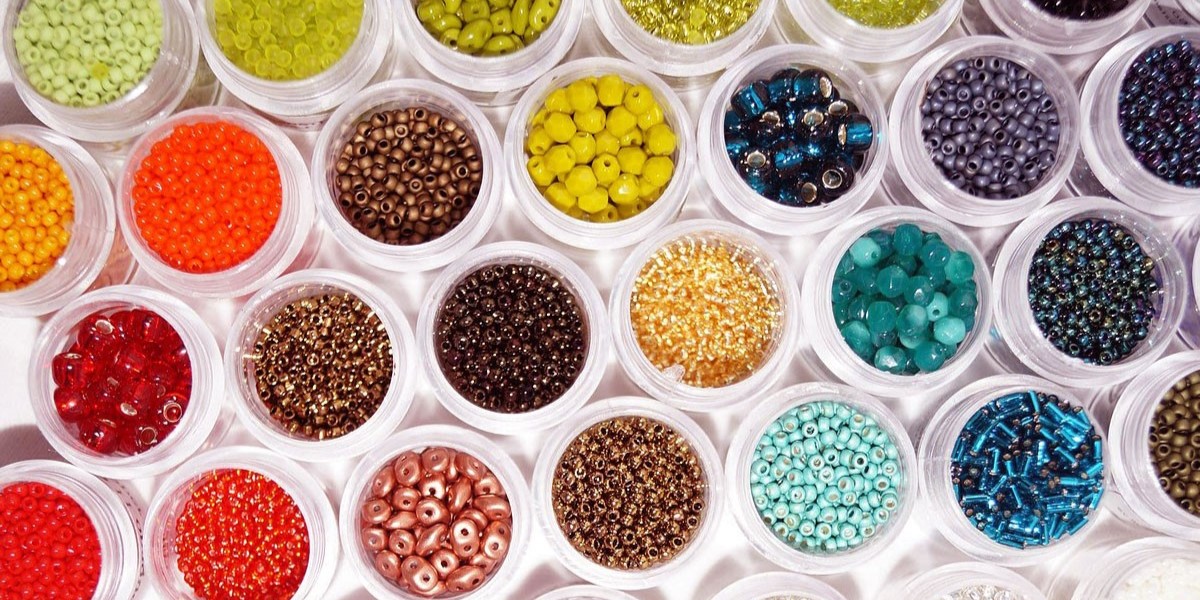
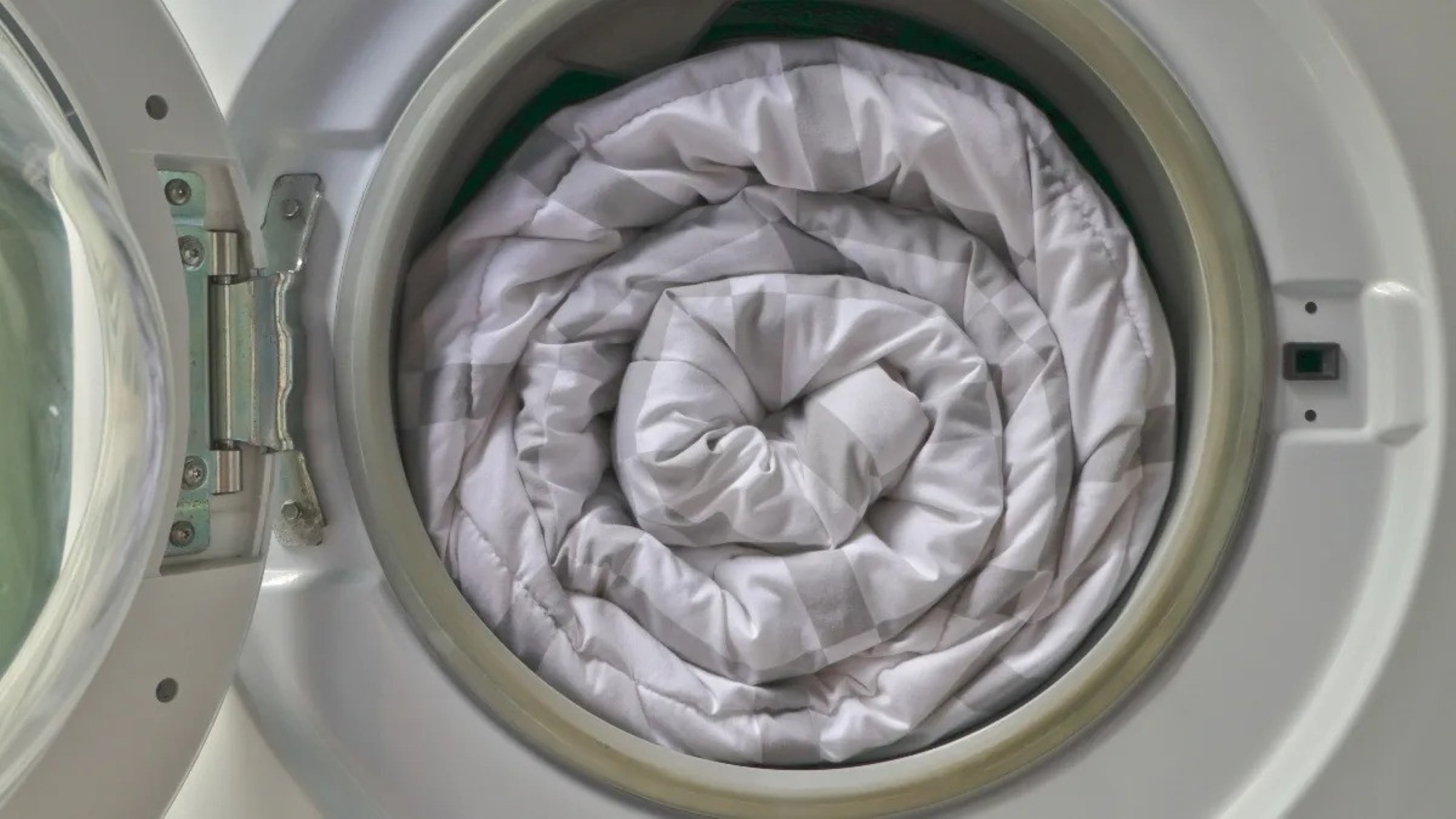
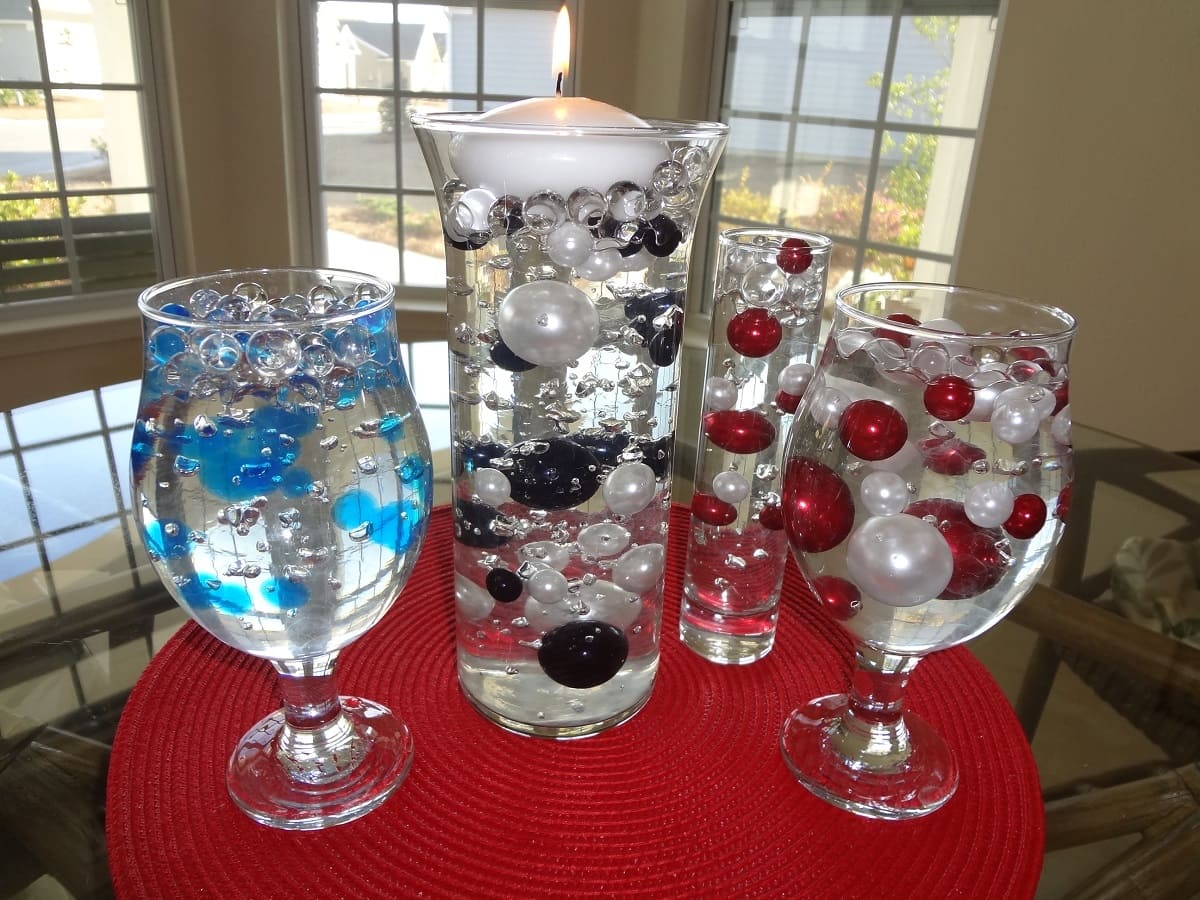
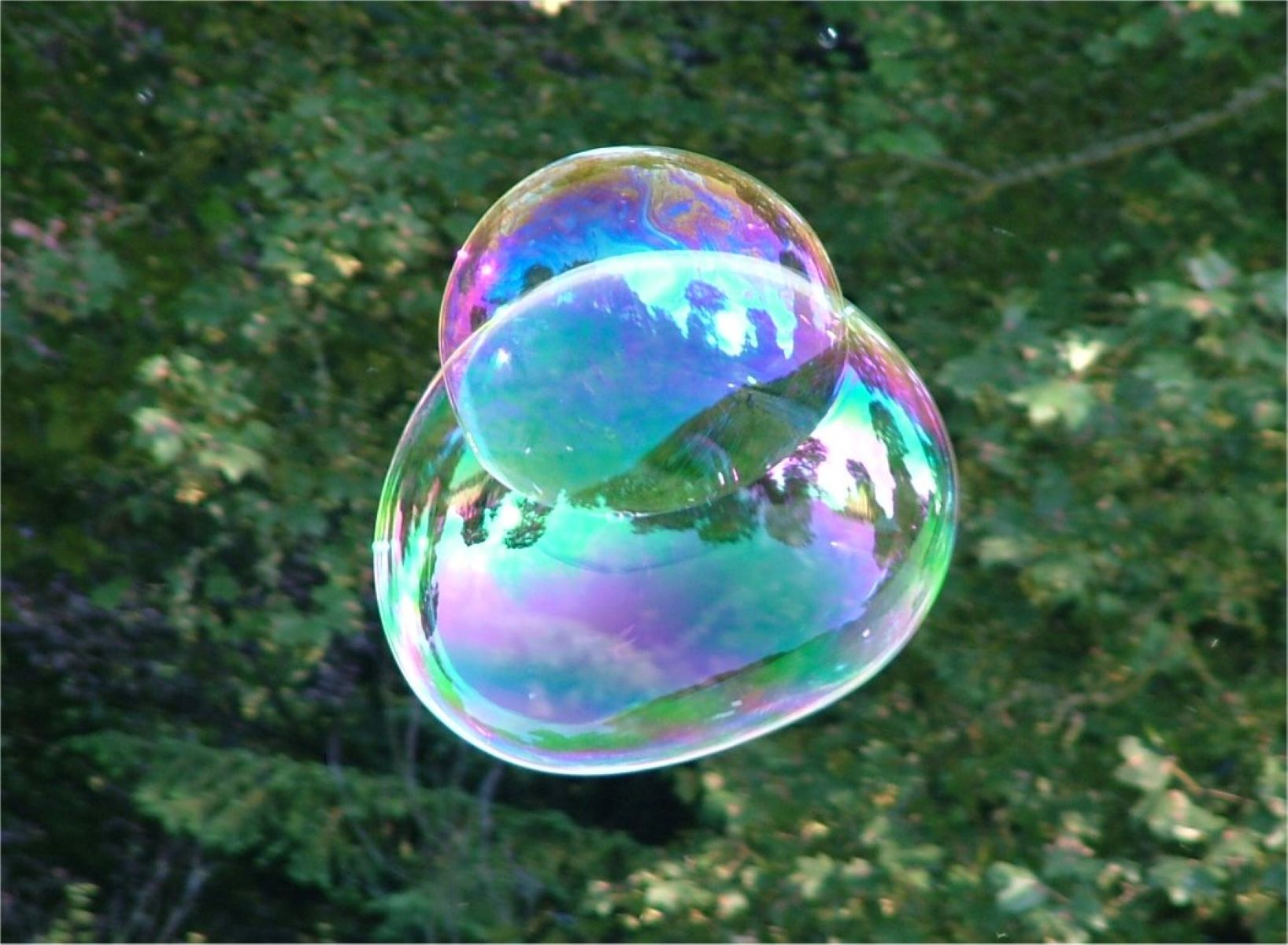
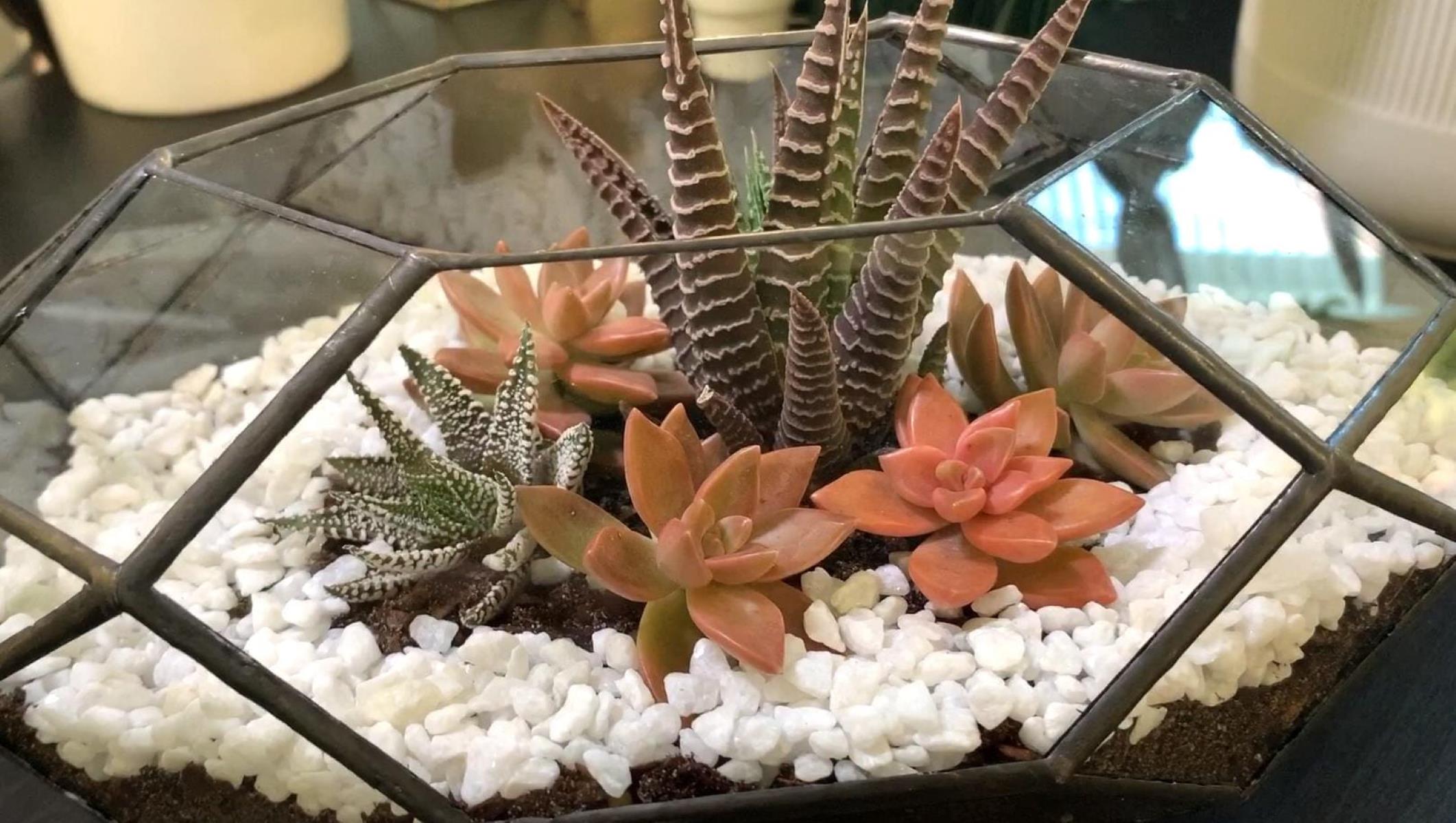
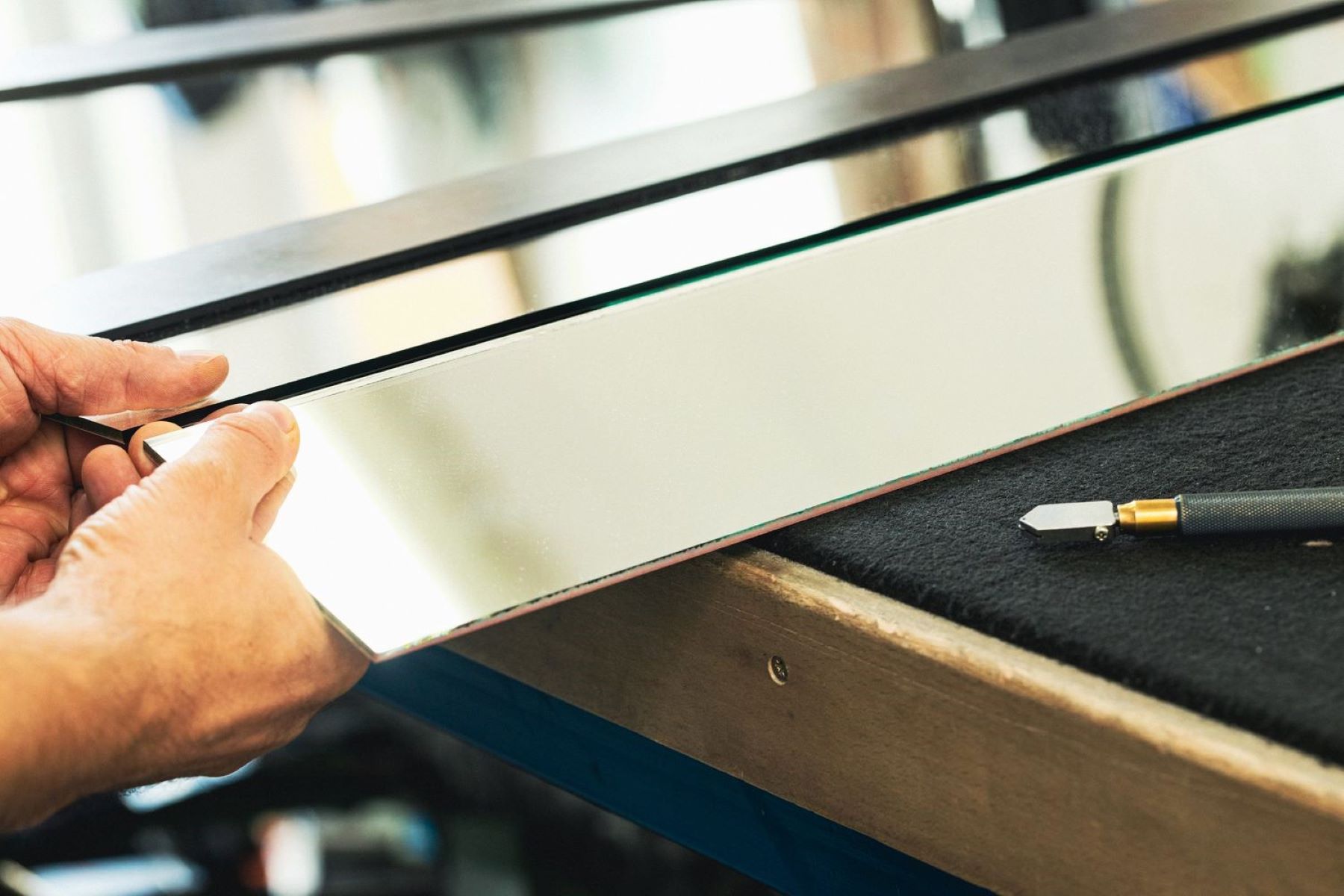
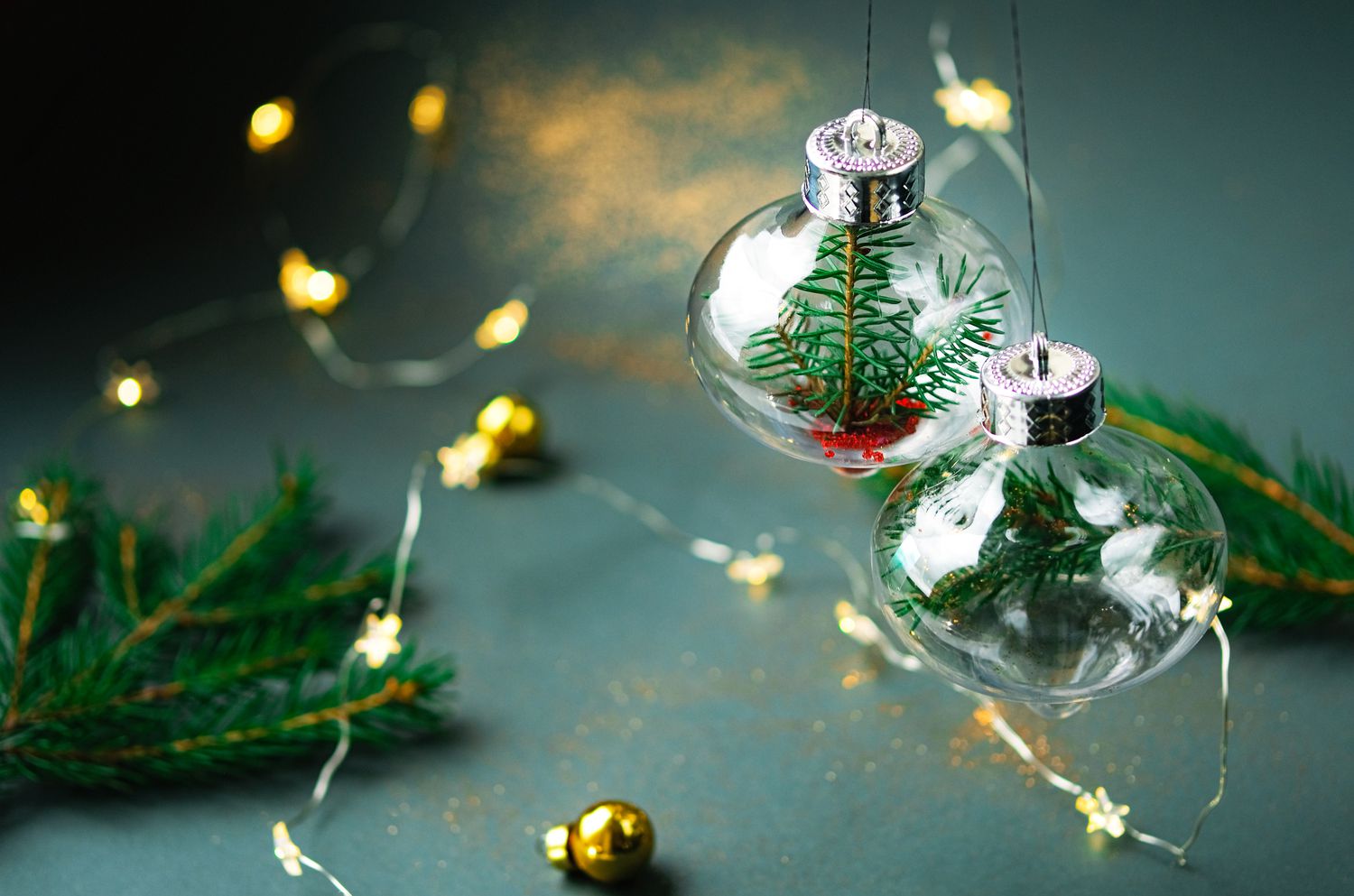
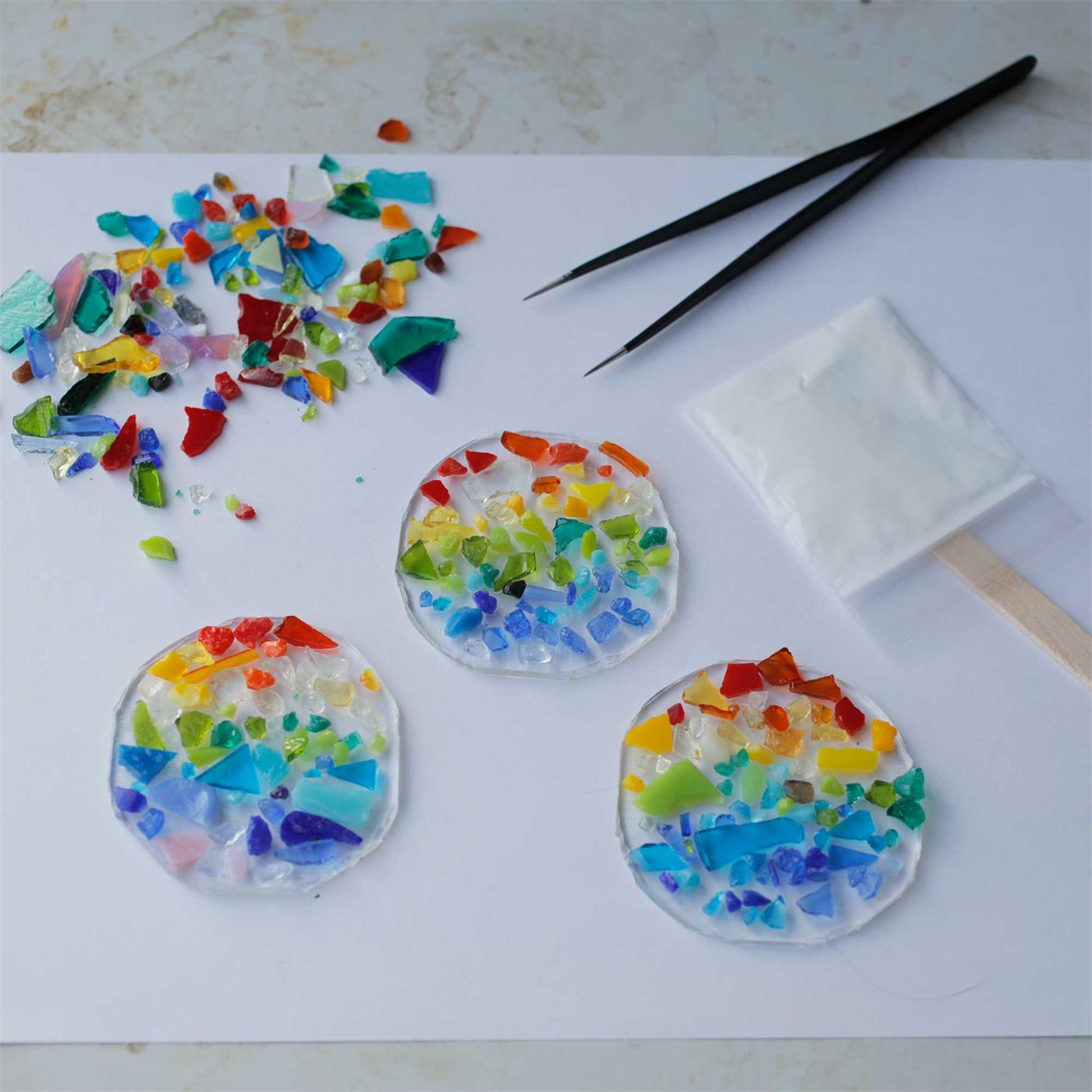
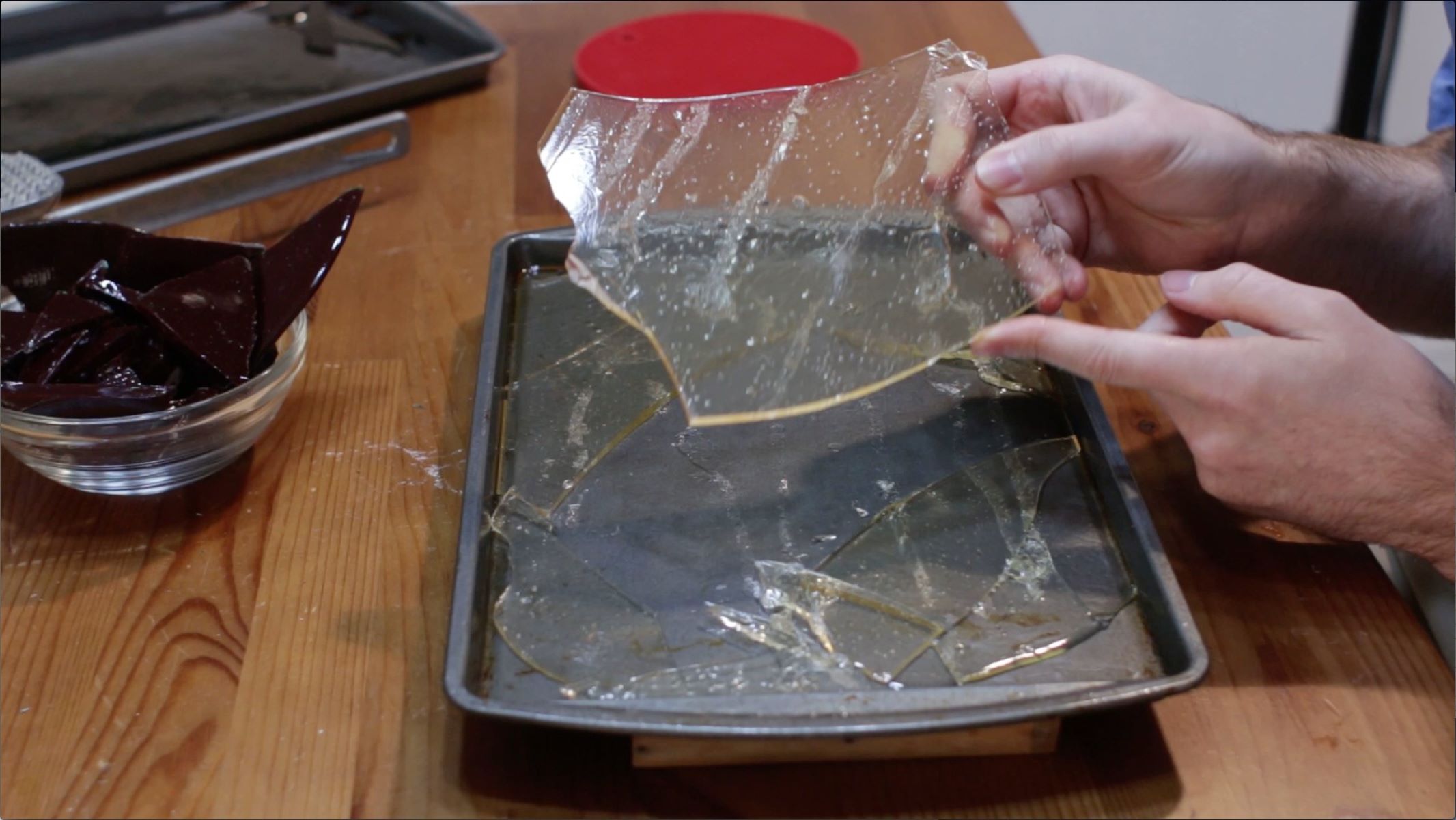

0 thoughts on “How To Make Glass Beads”